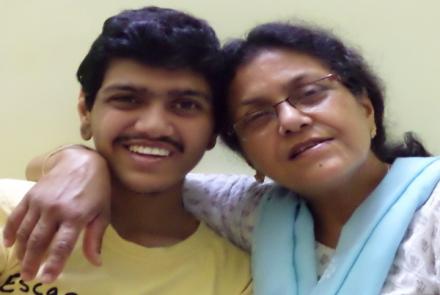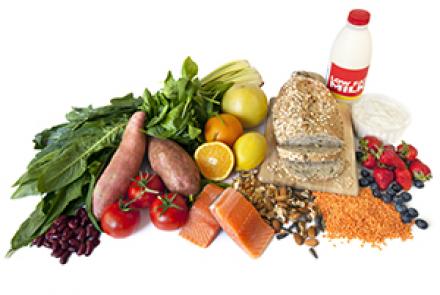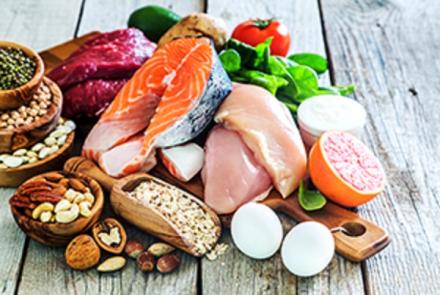
Obesity is defined as having too much fat in the body. It is usually quantified by measuring Body Mass Index (BMI) which is the measure of weight in comparison to the height of an individual. BMI= weight in kilograms/Height in metres squared.
Body mass index (BMI) ranges for adults are:
Underweight: Less than 18.5
Healthy weight: 18.5 to 24.9
Overweight: 25 to 29.9
Obesity: 30 or greater
Class 1 obesity: 30 to less than 35
Class 2 obesity: 35 to less than 40
Class 3 obesity: 40 or greater
BMI and Waist Circumference Criteria in India
India follows lower BMI cut-offs for defining overweight and obesity compared to international standards. Consensus guidelines classify adult BMI as:
| Normal BMI: | 18.5–22.9 kg/m² |
| Overweight (pre-obese): | 23.0–24.9 kg/m² |
| Obesity Grade 2: | 25.0–29.9 kg/m² |
| Obesity Grade 2: | 30.0–34.9 kg/m² |
| Obesity Grade 3: | ≥35 kg/m² |
By these criteria, an Indian adult with BMI ≥23 is considered at least overweight, and ≥25 is obese. Western definitions start overweight at BMI ≥25 and obesity at ≥30.
For waist circumference, abdominal obesity is defined as waist size ≥90 cm in men or ≥80 cm in women, reflecting the Asian criteria. Western guidelines often use ≥102 cm for men and ≥88 cm for women. A waist-to-height ratio >0.5 is also recommended as an indicator of unhealthy fat distribution in Asian Indians.
Prevalence of obesity, is it an epidemic?
On current trends, 1 in 5 adults worldwide are expected to be affected by obesity by 2025. One third of these will be living with severe obesity (BMI above 35 kg/m2)2 and at high risk of other NCDs requiring medical intervention.
The World Health Organization (WHO) has endorsed targets to halt the rise of obesity by 2025.
The WHO has also created an Acceleration plan to help countries prevent and manage obesity.

















